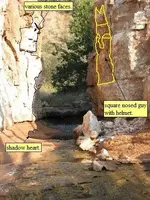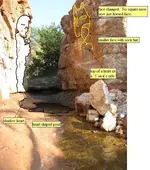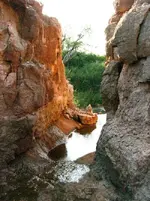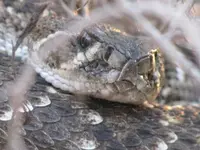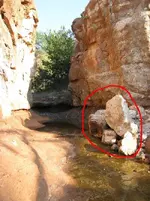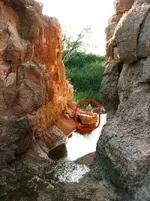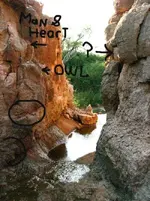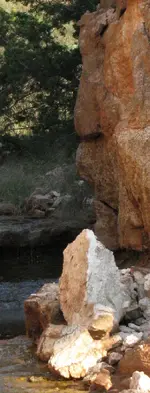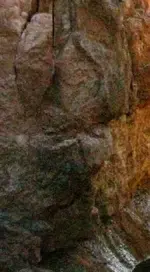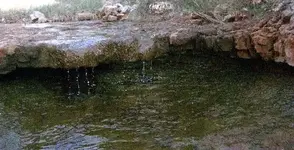It is interesting to note that this site is in Texas. Part of Fransico de Coronado's proposed route was through the upper Texas panhandle. This site is approximately 200 miles, +/- a few, of the proposed route. I have seen it written that there are two versions of his route once he crossed into modern Texas.
It is written by one de Soto's scribes that a couple of his men covered an 80 league mission, round trip included, in eleven days. This is in addition to having collected six mule loads of salt crystals and one mule load of resplendent brass once they were at the site. Obviously, that was not the yellow metal he sought but, I suspect it was useful nonetheless.
Therefore, it is NOT impossible that Coranado's men made a trip this direction and left a mark. However, this does not mean that I believe he, or his proxies, were responsible for this. This wonderful work of art could be the result of an aspiring modern day artist. Keeping an open mind, and being objective, should be the method of this particular madness.
It is also interesting to remember that Coronado returned to Mexico injured, somewhat ill, and financially disabled. His expedition left him bankrupt for the rest of his life, or so I have read. MY theory is that IF he, or his proxies, found any precious metal it would not have not have been left behind since, the expedition was financially suffering anyway. I also find it hard to believe that the stack of rocks in the foreground were the work of hands 470 years gone. I would think there would have been enough gully-washers in the 4.5 centuries since then to clear a few rocks.
This area of Texas on recieves 10" of rainfall annually. Maybe there is hope after all, that they would survive. The bottom line will be whether or not the proposed 'signs' lead to something of value. That 'something' could be another sign, loot, or just he plain old knowledge that what I saw was just a wonderful image occuring in nature and that I was fortunate enough to have been able to place it in a beautiful frame on my wall.



